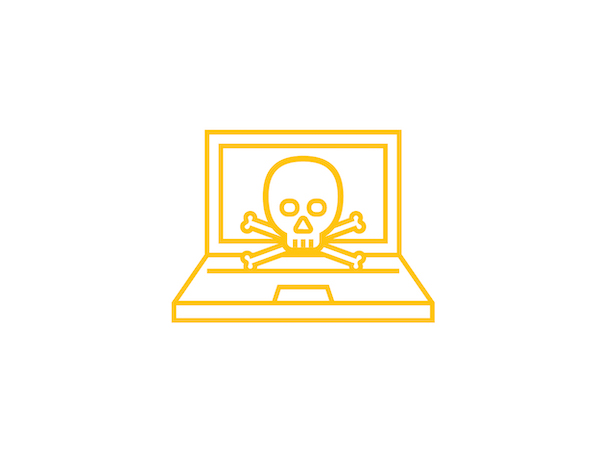eBooks and infographics
FEATURED GUIDE
Customer Training Playbook
A game changing guide to boosting product adoption, customer retention and learning revenue through customer and external training.
Learn more
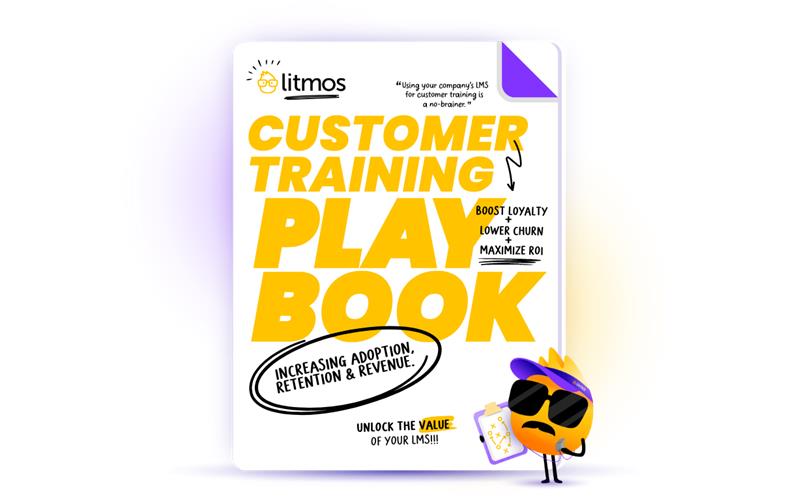
Resource corner
Explore our knowledge center to learn about all things Litmos. Check out the latest ebooks, best practice guides, videos and more.
Content Type
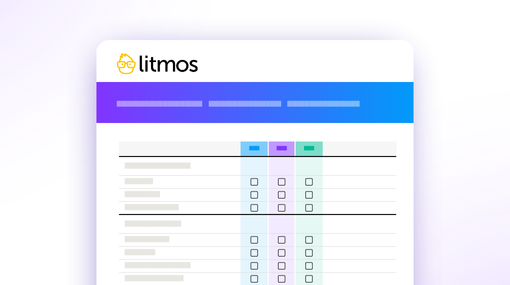

Templates and Handouts
Checklist: AI in L&D Decision-Making Framework
⟶
Templates and Handouts
Checklist: SMB LMS Vendor Evaluation
⟶
Templates and Handouts
Checklist: AI in L&D Readiness Assessment
⟶
Templates and Handouts
Worksheet: Skills Gap Analysis
⟶
Infographic
Infographic: Competing L&D Priorities Go Head to Head in 2025
⟶
Templates and Handouts
Checklist: Building Personalized Learning Paths
⟶
Templates and Handouts
Cheat Sheet: 70/20/10 Model Workplace Learning Examples
⟶
Templates and Handouts
Quiz: Which Learning Format Should You Choose?
⟶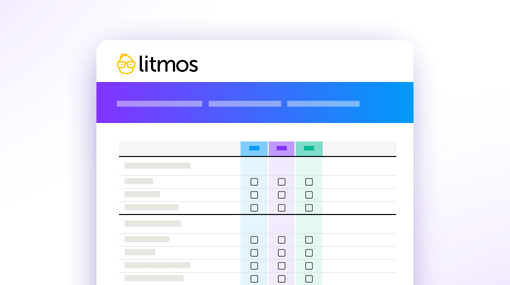
Templates and Handouts
LMS Vendor Comparison Checklist
⟶
Templates and Handouts
eLearning Design Checklist
⟶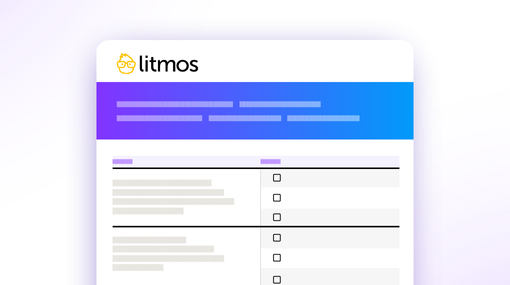
Templates and Handouts
Employee Training Experience Checklist
⟶
Templates and Handouts
LMS Implementation Checklist
⟶
eBook
Creating an L&D Blueprint: Build Adaptable L&D at Scale
⟶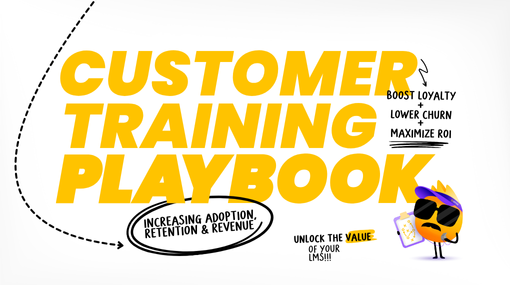
eBook
Customer Training Playbook
⟶
eBook
Shaping the Future of Learning & Development
⟶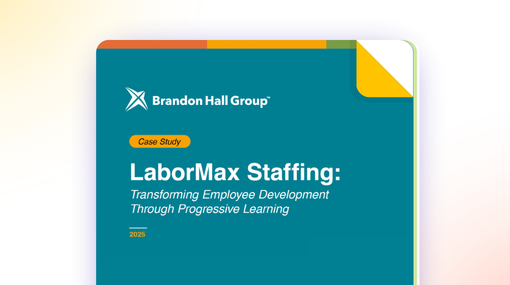
eBook
LaborMax Staffing Case Study
⟶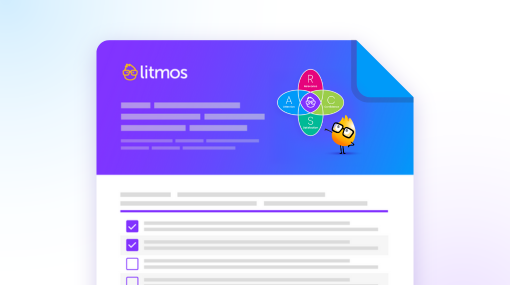
Templates and Handouts
Motivational Design Checklist
⟶
Brochure
Litmos Solutions
⟶
Brochure
Litmos Services
⟶
Infographic
LMS Trends
⟶
eBook
Continuous Onboarding Toolkit
⟶
eBook
Closing the Generative AI Knowledge Gap
⟶
eBook
Compliance Made Easy: The Complete Guide to Compliance Training
⟶
Templates and Handouts
Compliance Training Calendar
⟶
Infographic
L&D Monsters
⟶
Infographic
AI in eLearning Infographic
⟶
eBook
HR Playbook for Transformative Leadership Training
⟶
eBook
L&D Solutions for Skill Shortages
⟶
eBook
L&D Made Easy: Your Guide to Impactful Lean L&D
⟶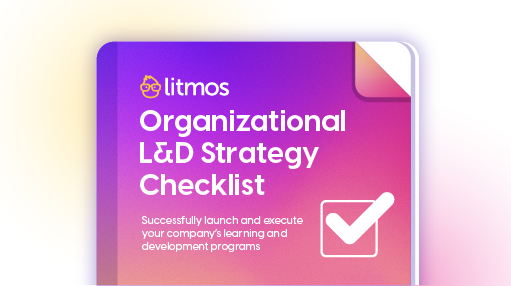
Templates and Handouts
L&D Strategy Checklist
⟶
eBook
AI Advantage in L&D
⟶
eBook
BHG Building the Business Case for LMS
⟶
eBook
Rev Up Revenue: Reimagining Sales Enablement through Breakthrough Results
⟶
eBook
Leverage Learning to Drive Revenue
⟶
eBook
Rev Up Revenue: Sales Training for Every Career Stage
⟶
eBook
BHG Get Compliance Training Right
⟶
Infographic
Create, Curate, Connect
⟶
eBook
What Learners Want: New Strategies for Training Delivery
⟶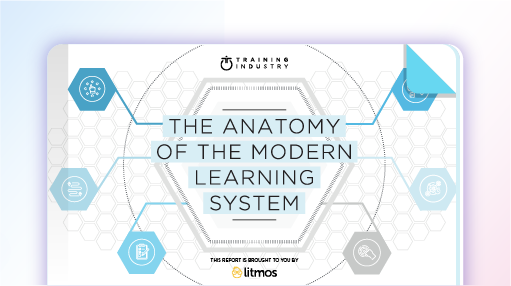
eBook
Anatomy of a Modern Learning System
⟶
Brochure
Litmos Courses
⟶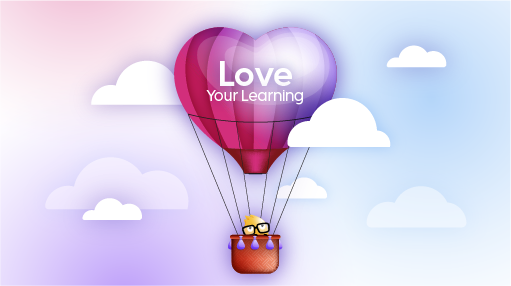
Infographic
Love Your Learning
⟶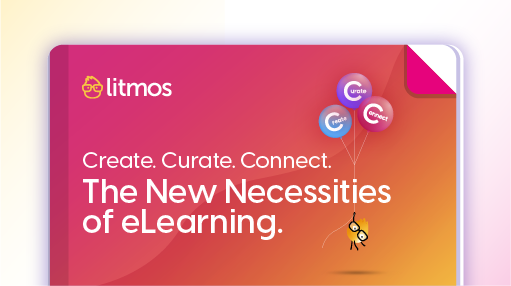
eBook
Create, Curate, Connect. The New Necessities of eLearning
⟶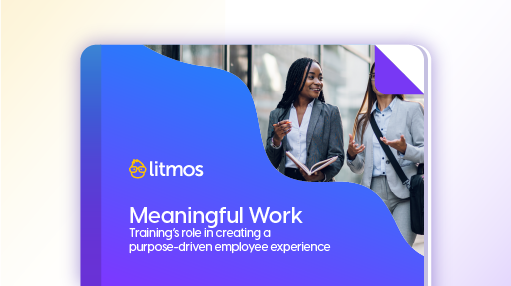
eBook
Meaningful Work
⟶
eBook
Digital Transformation ebook
⟶
eBook
Joy of Learning
⟶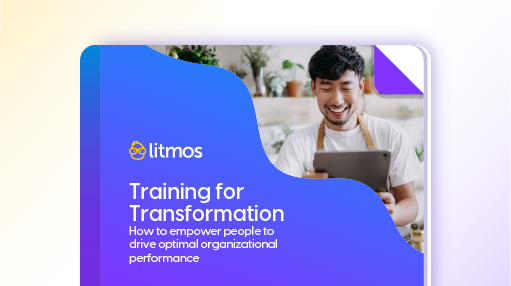
eBook
Training for Transformation eBook
⟶
Infographic
Tips to Make Salespeople Successful Infographic
⟶
Litmos Salesforce Integration Datasheet
⟶
eBook
From Promotion to Peak Performance
⟶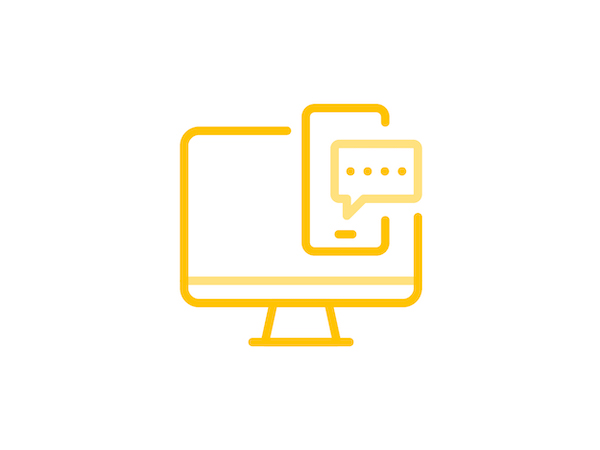
Infographic
The Case for Mobile Learning
⟶
Datasheet
Litmos Content Author
⟶
eBook
Sir Lennington’s Handbook of L&D Etiquette & Manners
⟶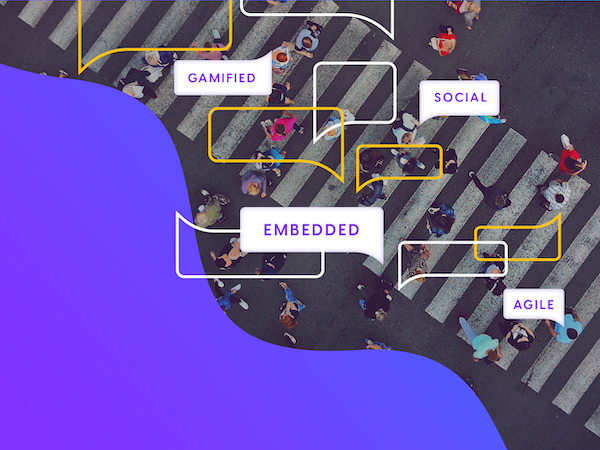
eBook
Beyond Buzzwords: A three-step guide to simplify modern learning
⟶
Infographic
What Type of L&D Guru Are You?
⟶
Infographic
Save your employees from boring learning infographic
⟶
Infographic
Sustainability infographic
⟶
Infographic
Manage COVID in the Workplace Infographic
⟶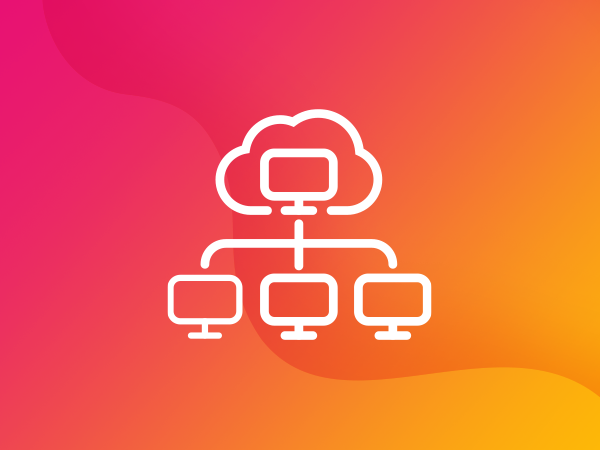
Datasheet
Multiple Sub-Accounts in Litmos
⟶
Infographic
10 Commandments for Creating Online Learning
⟶
Infographic
How to Train Franchisees Infographic
⟶
Infographic
Rules of Retail Sales Training Infographic
⟶
Infographic
Gamification in eLearning Infographic
⟶